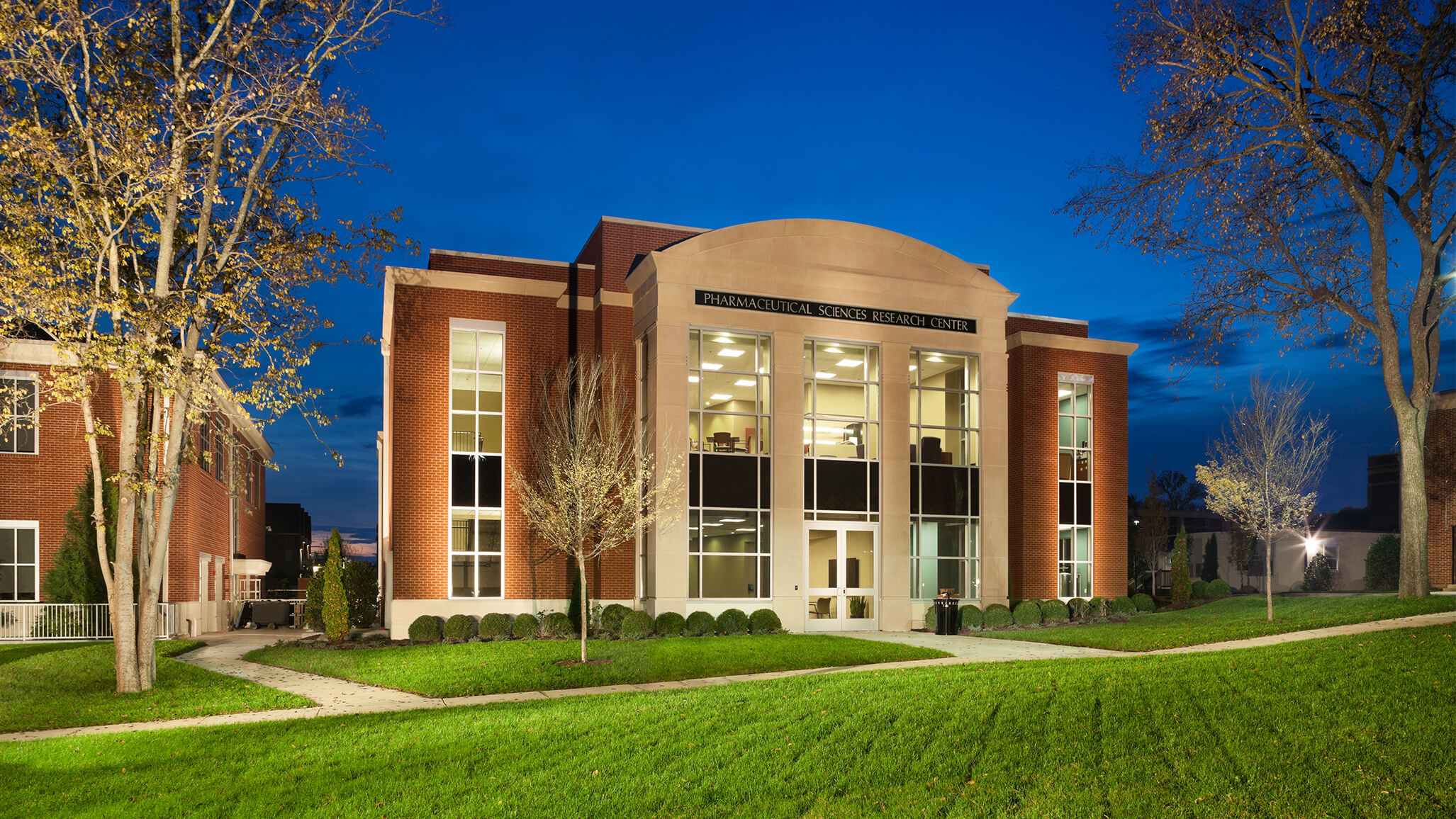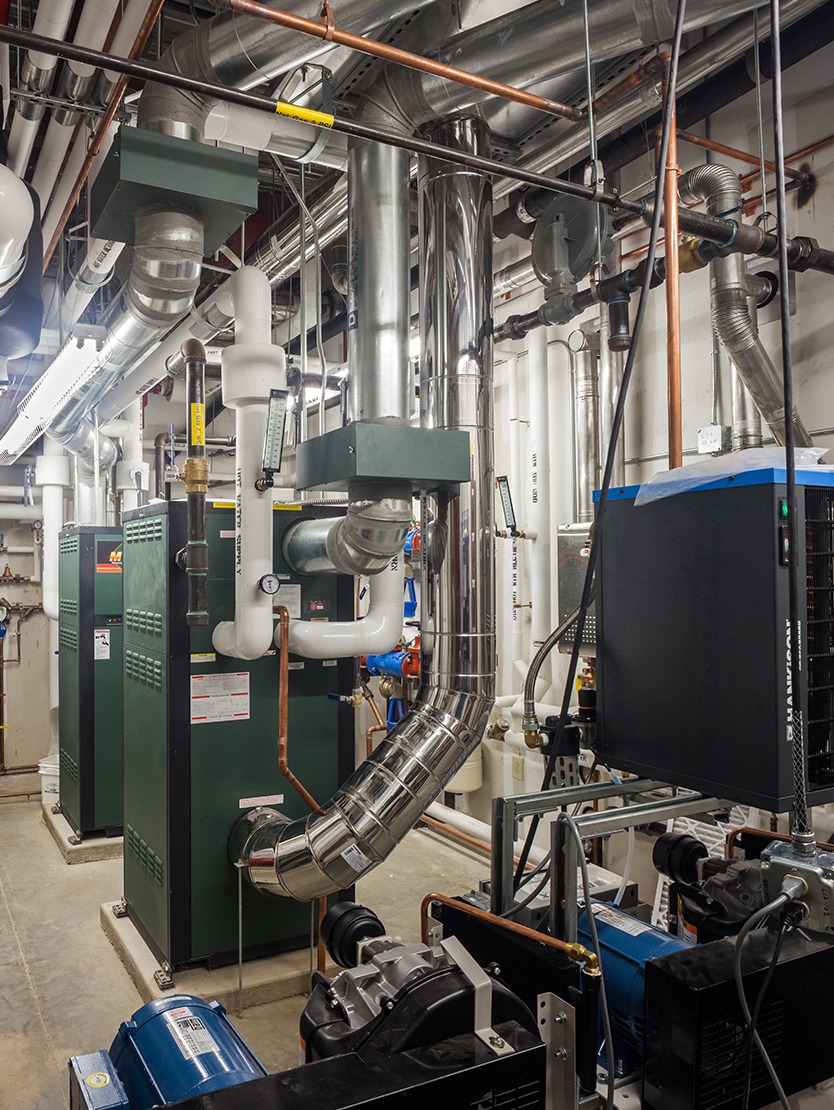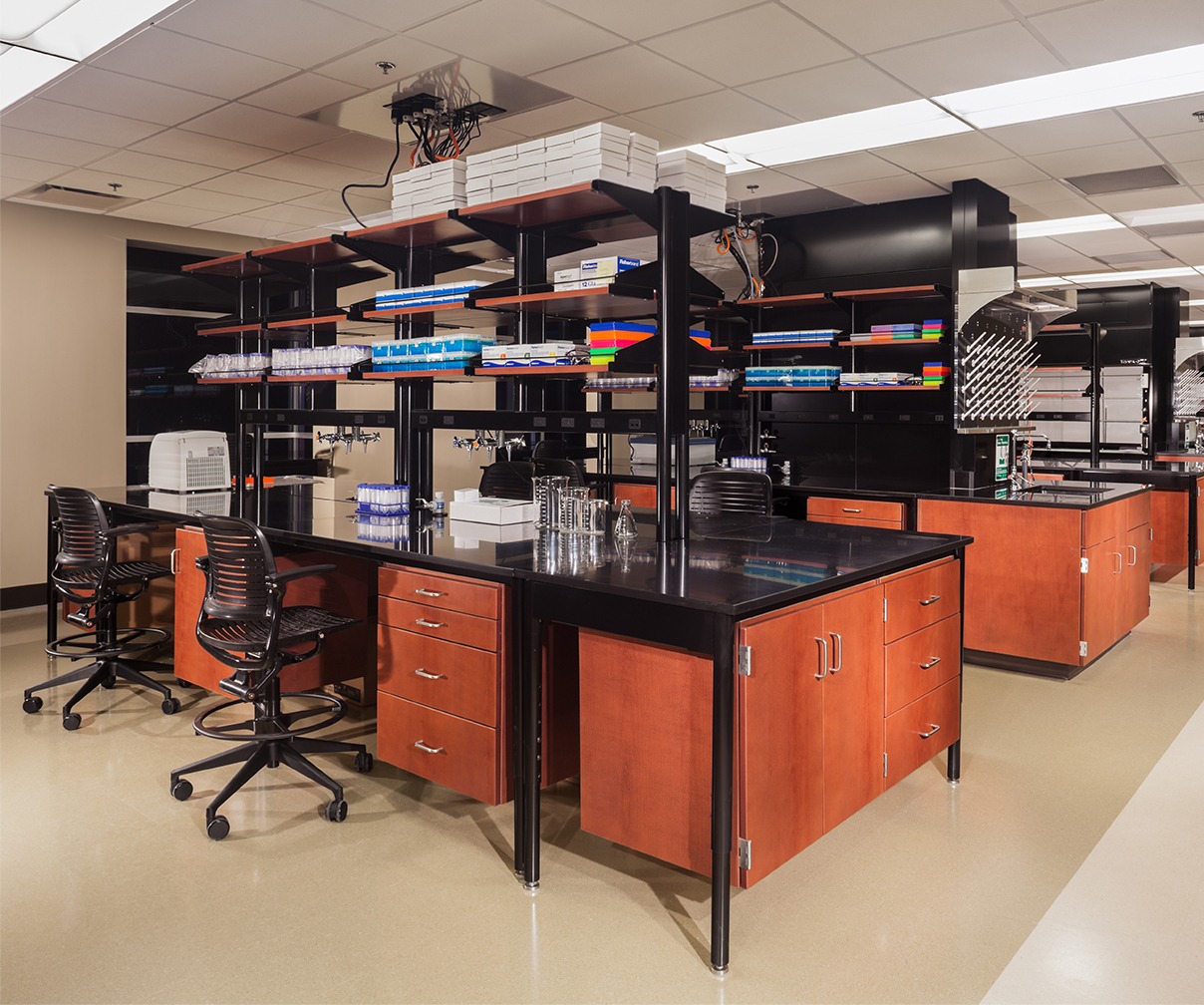Lipscomb University
"Crain is a company with integrity, character, and superior quality."

Developer: Lipscomb University
Architect: Tuck Hinton
Contractor: Crain Construction
MEP: I.C. Thomasson Associates, Inc.
Fitting 2.5 miles of mechanical systems into a building with a 7,500-square-foot footprint is a big challenge. Working with the design team and the mechanical engineer, we met the challenge and built a pharmacy and research center that gives Lipscomb University long-term value.
The university’s teaching and research facility includes a pharmaceutical research lab with a walk-in cold room, medical gas systems and an acid waste sanitary system, a nuclear storage and waste room, a tissue culture room, teaching labs and integrated biomedical sciences labs. These features require a more involved mechanical system than a typical construction project.

"Crain is a company with integrity, character, and superior quality."

Mechanical and electrical was 43 percent of the total cost of the complicated project. This required more extensive and more front-end coordination to project and plan for milestones and make sure we hit all the milestones on time.
In addition to the complex mechanical systems, extensive site prep was required, and the project site was surrounded on three sides by a campus building, an active parking lot and a road. Student foot and car traffic was a consistent presence.

Before construction could commence, several months were spent preparing the site. An existing underground campus electrical service line and the main campus communications were relocated. The crew installed new service lines for domestic and fire water, sewer, gas, power and storm drainage with area drains.
With only one side available for access to the construction site, and no room for onsite materials staging, 99 percent of the deliveries were scheduled for just-in-time delivery.
When the architectural concrete stem walls were being poured for the foundation, layout was essential to ensure all 27 outside corners of the building were in the correct locations. Since the site was only accessible from the west side, the building was erected from the footprint and backing out to the west side. Once the frame was erected, the second floor was poured so the mechanical and electrical crew could continue working while the extensive underground rough-in for the first floor was underway. We also erected and sheathed the exterior walls first to allow the masonry veneer to progress during the interior construction.
The building required enhanced ventilation and exhaust systems which were routed through stainless steel ducts to a rooftop energy recovery unit. The crew also installed research lab fume hoods, chillers and air handlers with special filters for the chemical and biological exhaust. The heating and cooling capacity (120 tons total) was achieved by installing a roof-mounted chiller and high-efficiency boilers. Power is supplied though an 800 amp main panel and a 75 KV a back-up generator.
Substantial roof work took place before two air handler units, a chiller unit and an energy recovery unit could be positioned by crane on the rooftop. This gave the mechanical contractor more workspace to set and pipe the units.
Continuous space planning and coordination for above-ceiling and in-wall rough-in were also crucial during the project.
While the building is only 73 feet wide by 135 feet long, there are 2.5 miles of mechanical piping and 1,000 linear feet of duct work concealed above ceiling. This created a few challenges in areas where duct, process pipe, medical gas pipe, natural gas, fire sprinkler and electrical had to fit in a space five feet high by five feet wide.
Late in the construction process, an air compressor was added to service the medical gas needs. This required equipment to be shifted in the crowded mechanical room housing two high-efficiency boilers, three instant heaters and all the associated pumps and controllers for the mechanical system.
Before steel lab cases and fume hoods were delivered and installed in the research and teaching labs, all duct work, process piping, medical gas, electrical, lights and flooring had to be completed.
Originally, Lipscomb University planned to seek LEED certification. Thanks to good design, and careful planning, constant coordination and continued communication throughout the construction process, the project qualified for LEED Silver.
Associated Builders and Contractors of Tennessee awarded highest honors to the project, recognizing the quality control, scheduling, value engineering and challenges overcome.
Reach out to start a conversation with our team.
© 2022 Crain Construction. All rights reserved. | Website by Luum Studio